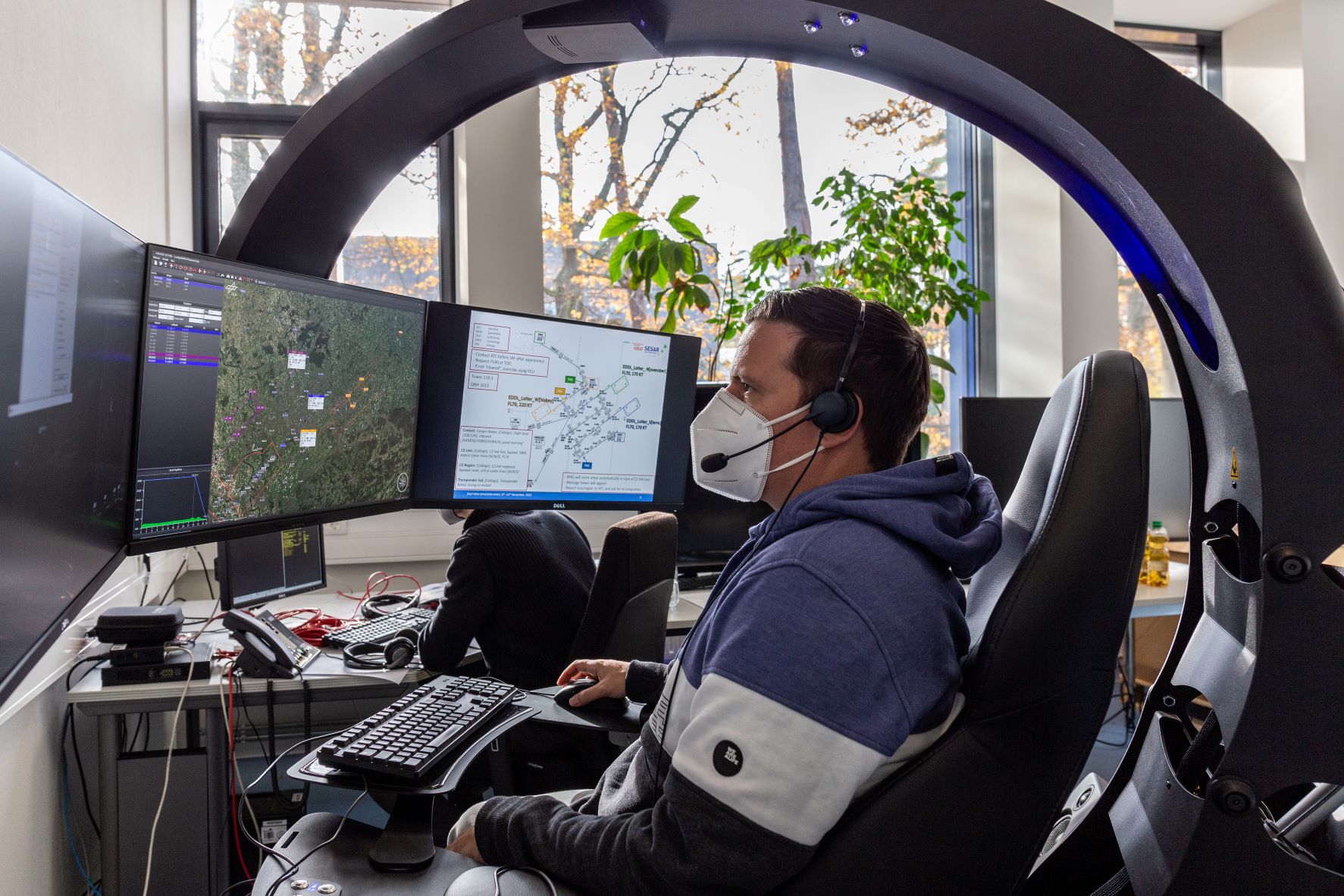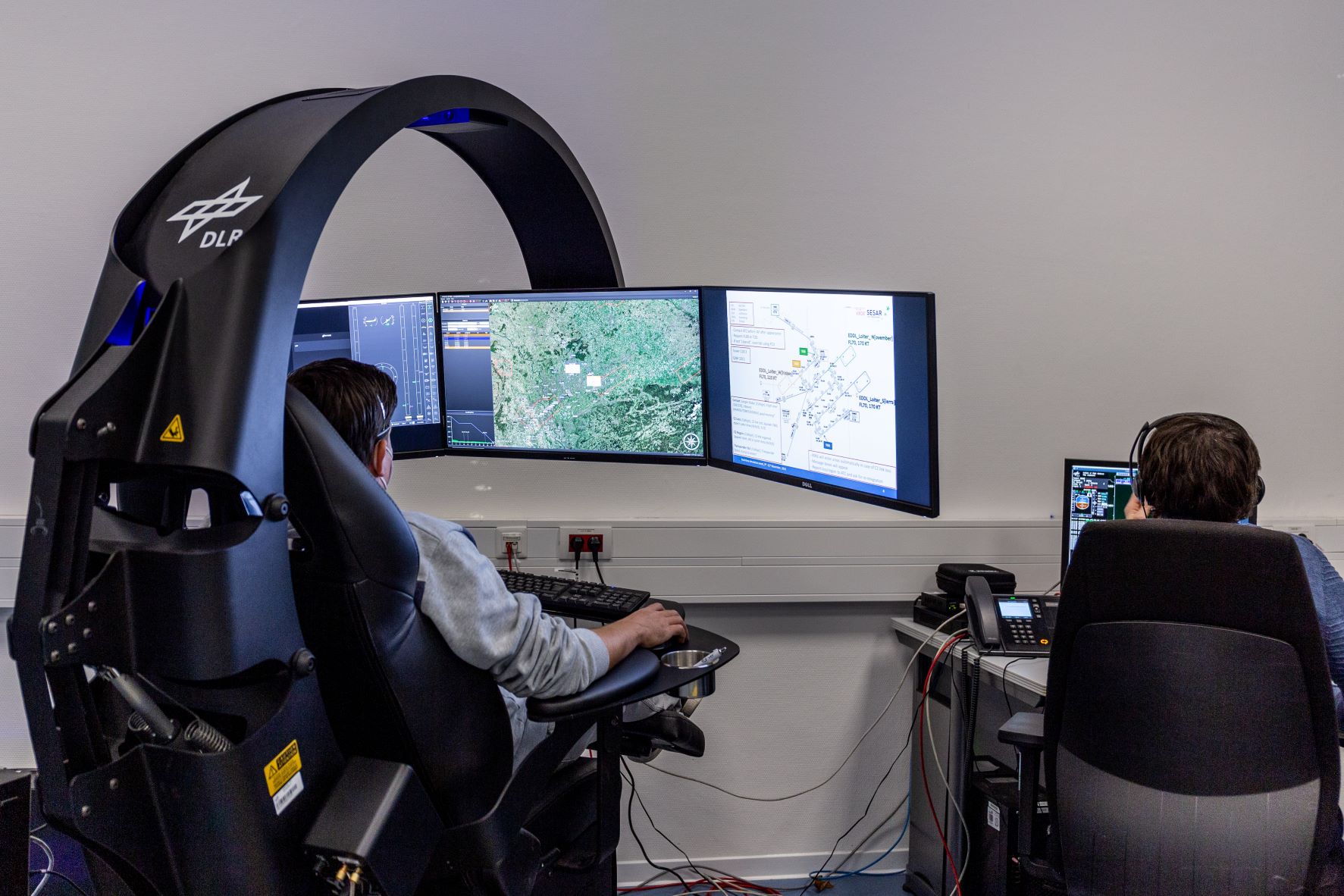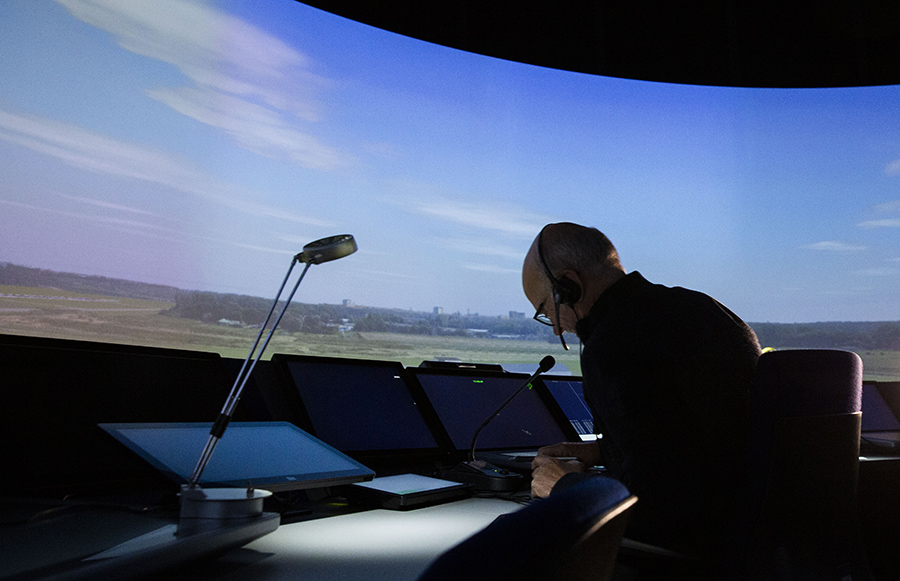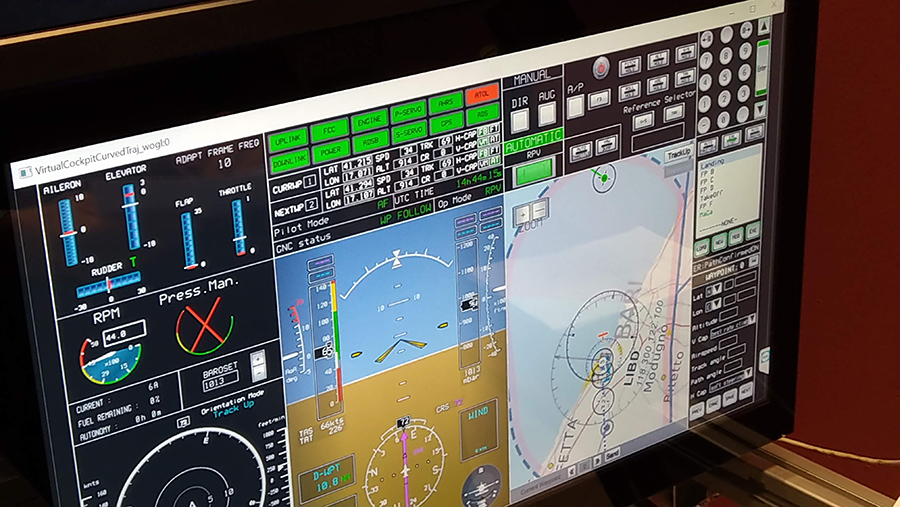There has been a lot of focus in recent years in the development of drone applications for urban airspace and in very low-level airspace. Europe's vision for aviation, however, foresees that an increasing part of
What is the rationale for INVIRCAT?
The aviation sector is growing and diversifying, with new vehicles emerging and demanding access to the airspace. Thanks to technological innovation and higher levels of automation, these remotely piloted aircraft systems (RPAS) and urban air mobility vehicles are inspiring new business cases and opportunities. Much of the focus has been on making sure that these vehicles can share the airspace safely alongside with manned air traffic. But these vehicles must take off and land, so addressing their integration in the airport environment is key.
How is INVIRCAT tackling this issue?
The INVIRCAT exploratory research project investigates innovative solutions for the safe and equitable integration of RPAS into the existing air traffic control (ATC) procedures and infrastructures within the terminal manoeuvring areas under instrument flight rules (IFR), without entailing a significant impact on current airspace users and other stakeholders.
What was their scope?
The tests, which were carried out by DLR, in Germany, Royal NLR in the Netherlands, and CIRA in Italy, sought to validate the INVIRCAT concept, including operational scenarios, procedures and developed technologies, by testing them in and around smaller but significant airports such as the Düsseldorf International Airport (ICAO: EDDL), the Rotterdam The Hague Airport (ICAO: EHRD), and the Bari International Airport-Karol Wojtyla (ICAO: LIBD).
In particular, the validations had the objective of evaluating user acceptability and safety of operation in general, and more specifically of studying some particular aspects of the concept focussing on automatic take-off and landing (ATOL) procedures, C2 link and radio communication latency, pilot handover procedures, phraseology, information provision, and the overall human contribution to the process.
Why three different simulations?
The three project partners responsible for the simulations (DLR
The DLR simulations looked at the loss of the C2 link and transponder failures for RPA with comparable performance of current IFR aircraft types. NLR explored aircraft performances that were closer to visual flight rules (VFR) aircraft performances, with a specific focus on the operational impact of latency of the technical architecture chosen for communication and command and control (C2) of the RPA as well as radio communication loss. CIRA
Qualitative and quantitative data gathering techniques, such as focus groups, questionnaires, data log, and audio recording, were applied during the real-time simulation execution. The results of the simulation activities of the INVIRCAT project will be published in the second half of 2022. In line with the validation plan of the project, they will converge and be used for the consolidation of the INVIRCAT operational concept for IFR RPAS integration around airports and the associated requirements.
Results are not yet available, because the analysis is still ongoing. However, the preliminary results show that the concept is feasible and that the proposed procedures are acceptable to both remote pilots and controllers. If you want to learn more about INVIRCAT, watch back the proceedings of a recent open day, together with the slide deck.
The INVIRCAT consortium includes DLR (coordinator), NLR, CIRA, ISSNOVA, ISDEFE, EUROCONTROL and Deep Blue
This project has received funding from the SESAR Joint Undertaking under the European Union's Horizon 2020 research and innovation programme under grant agreement No 893375




